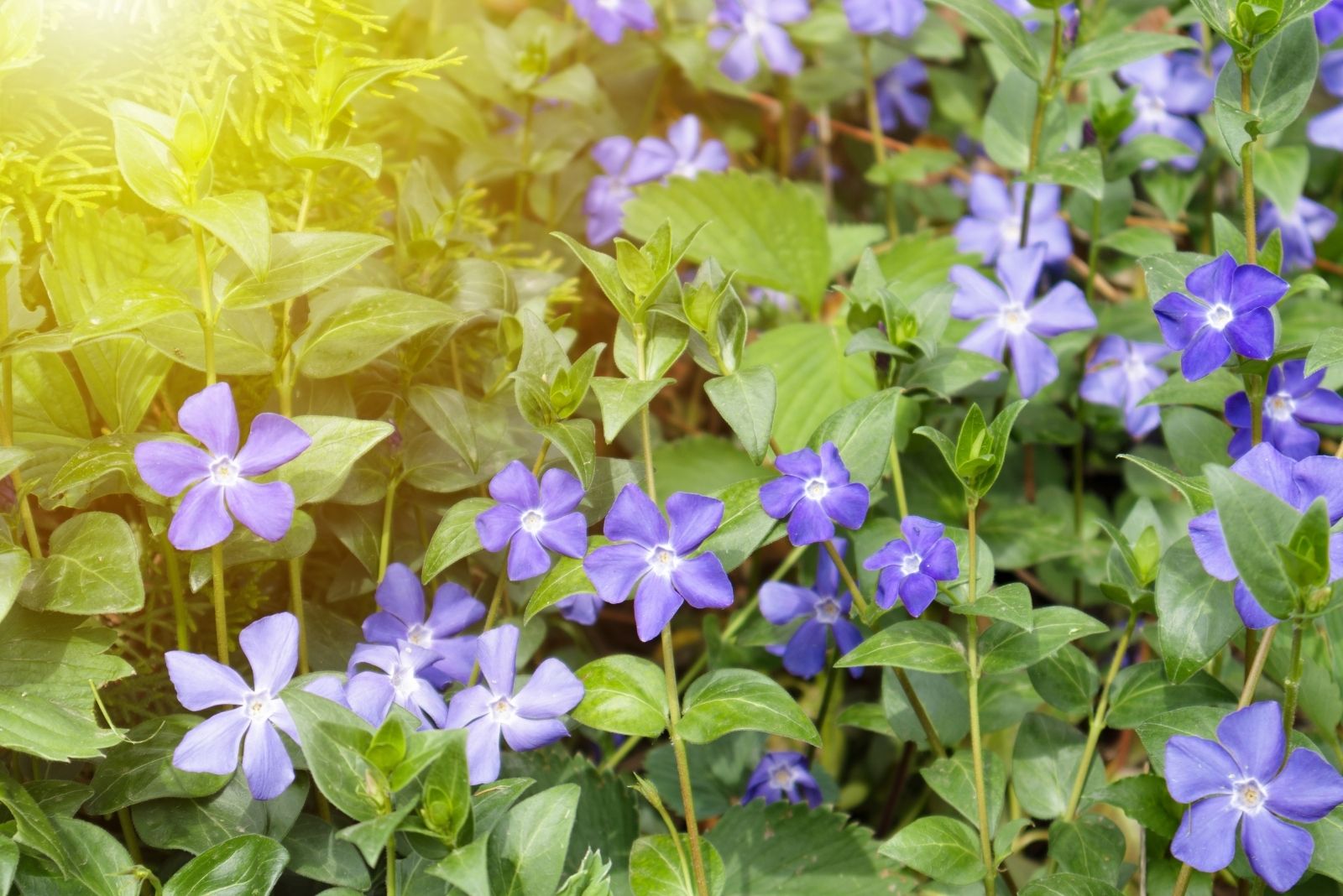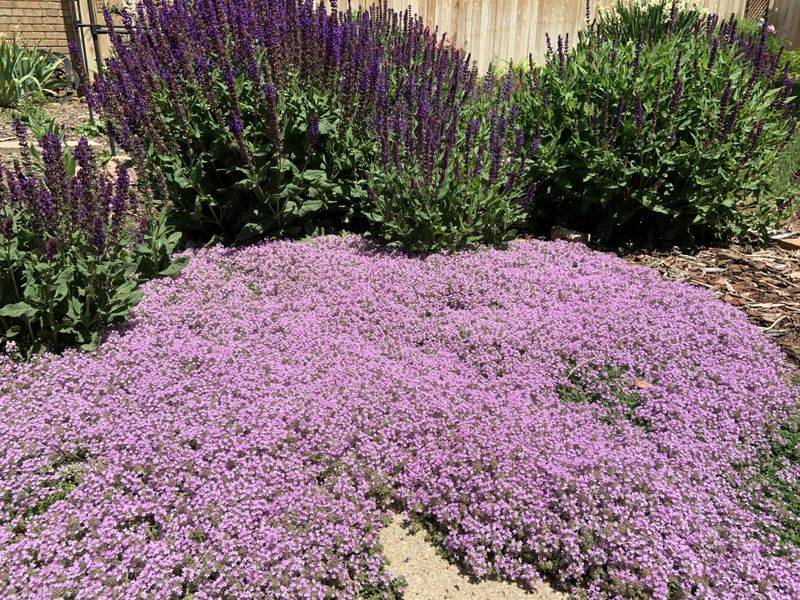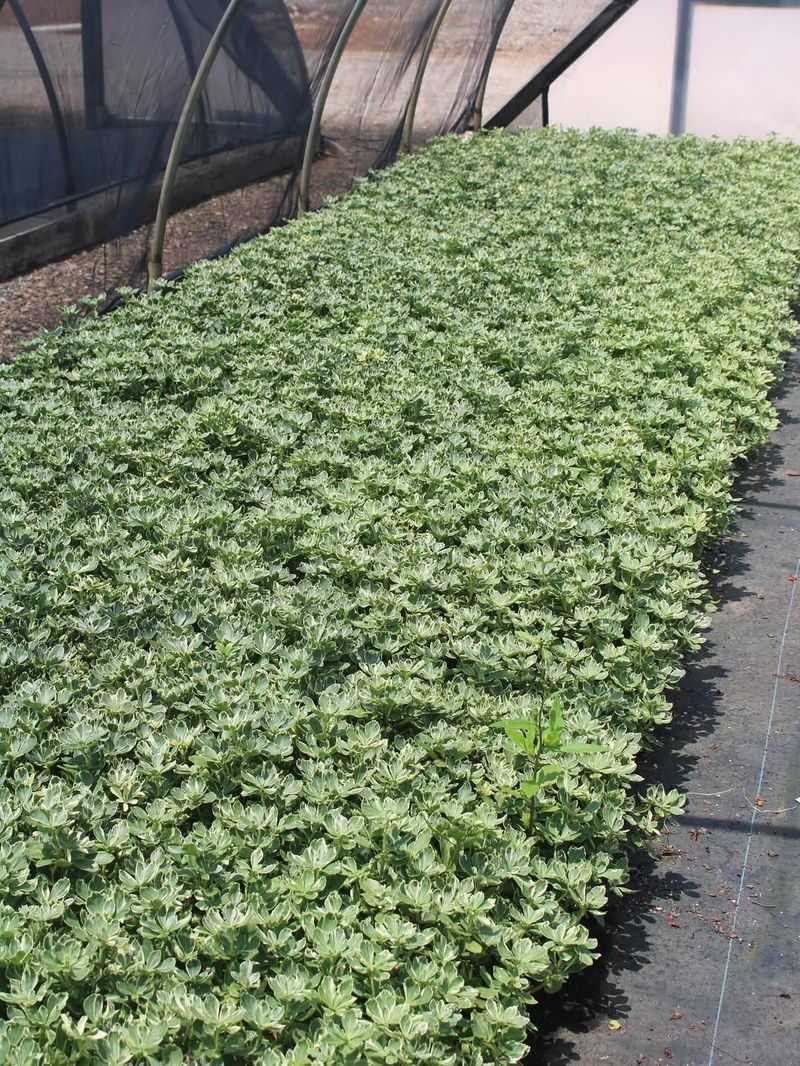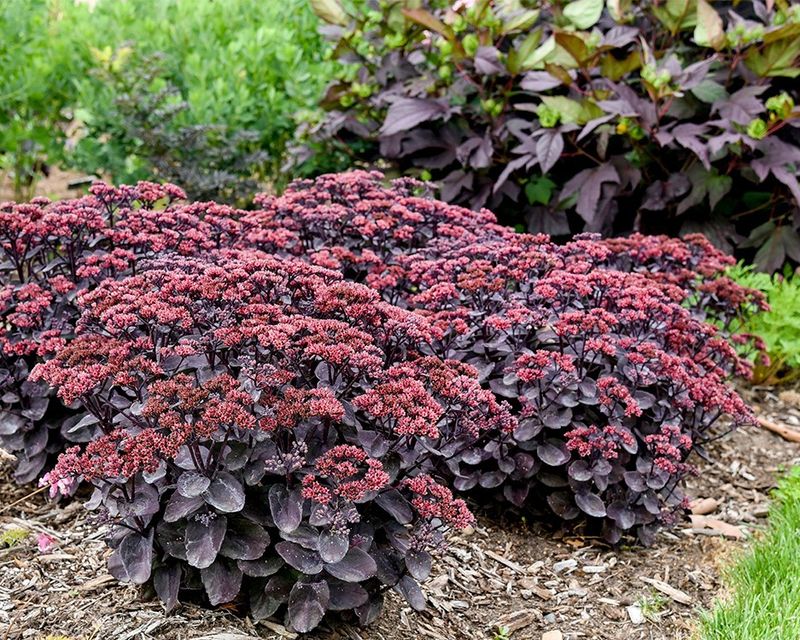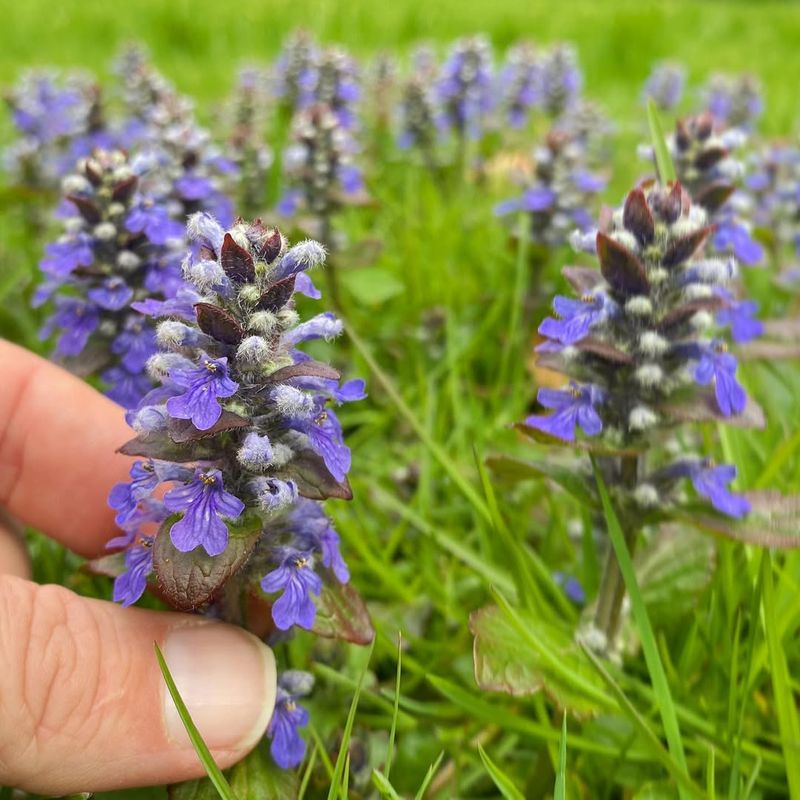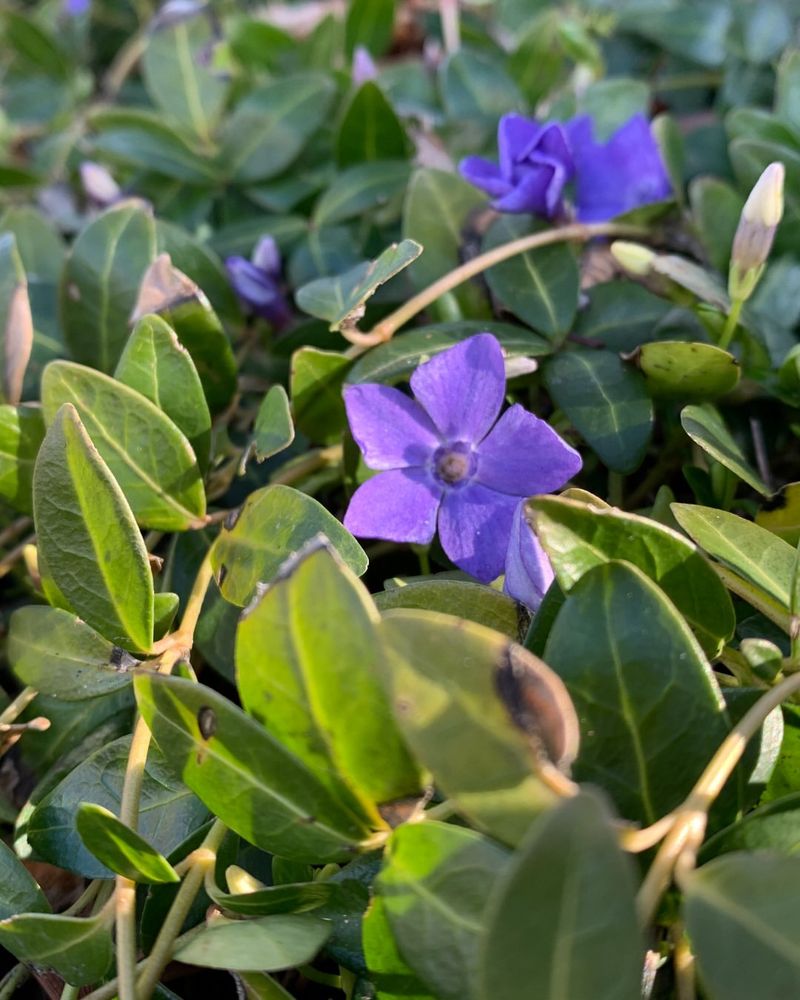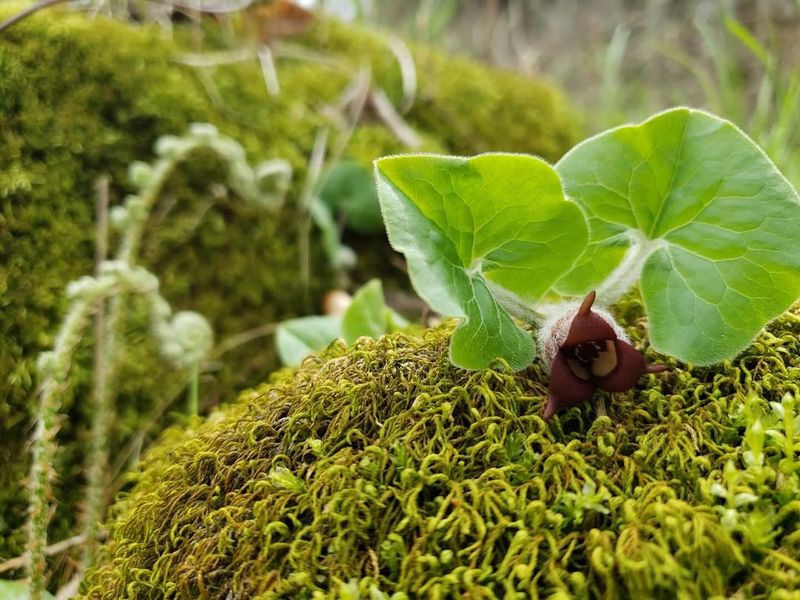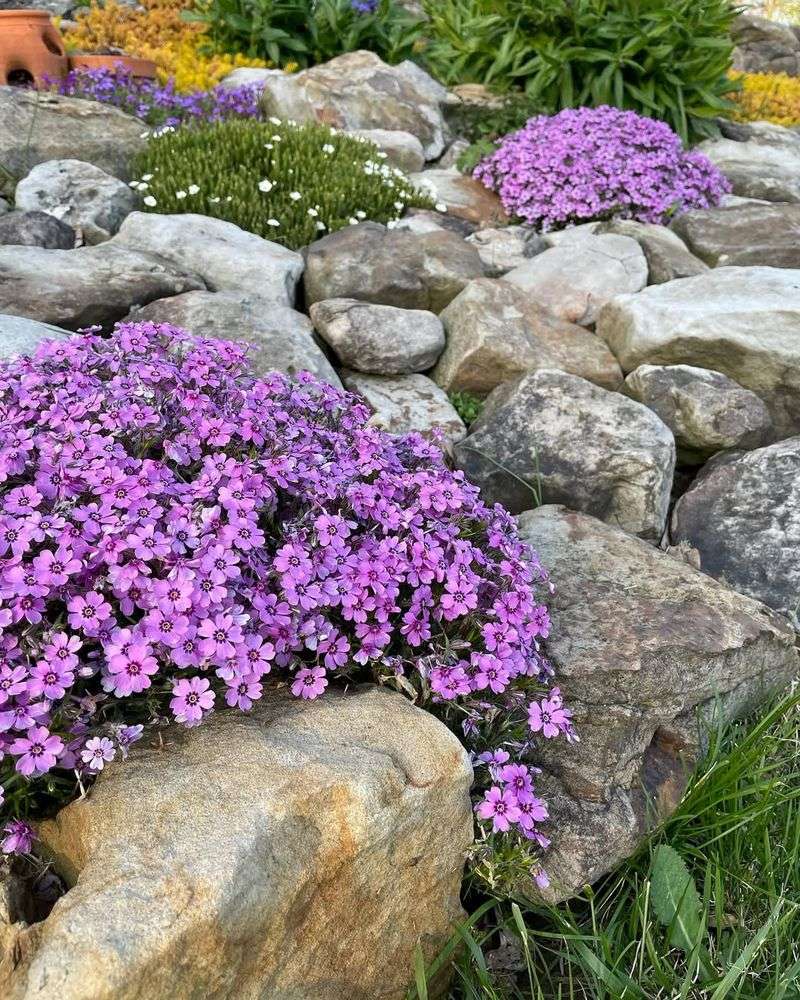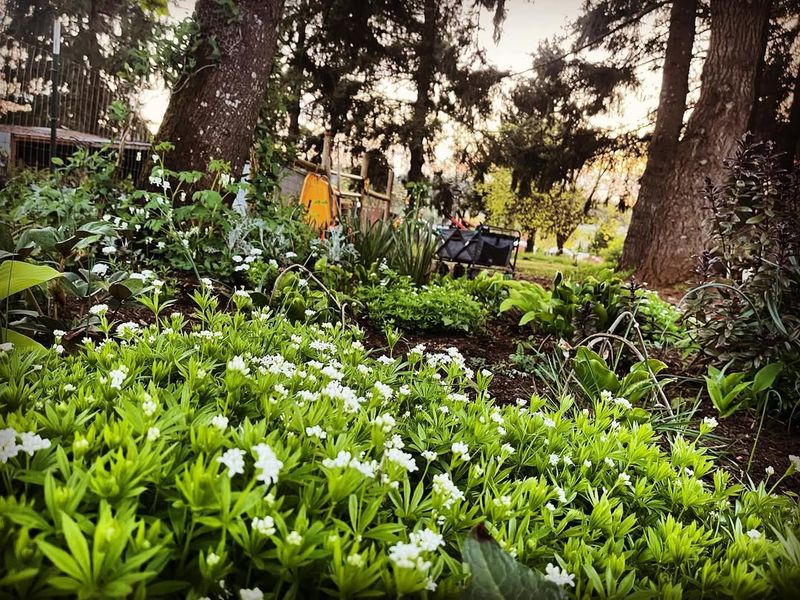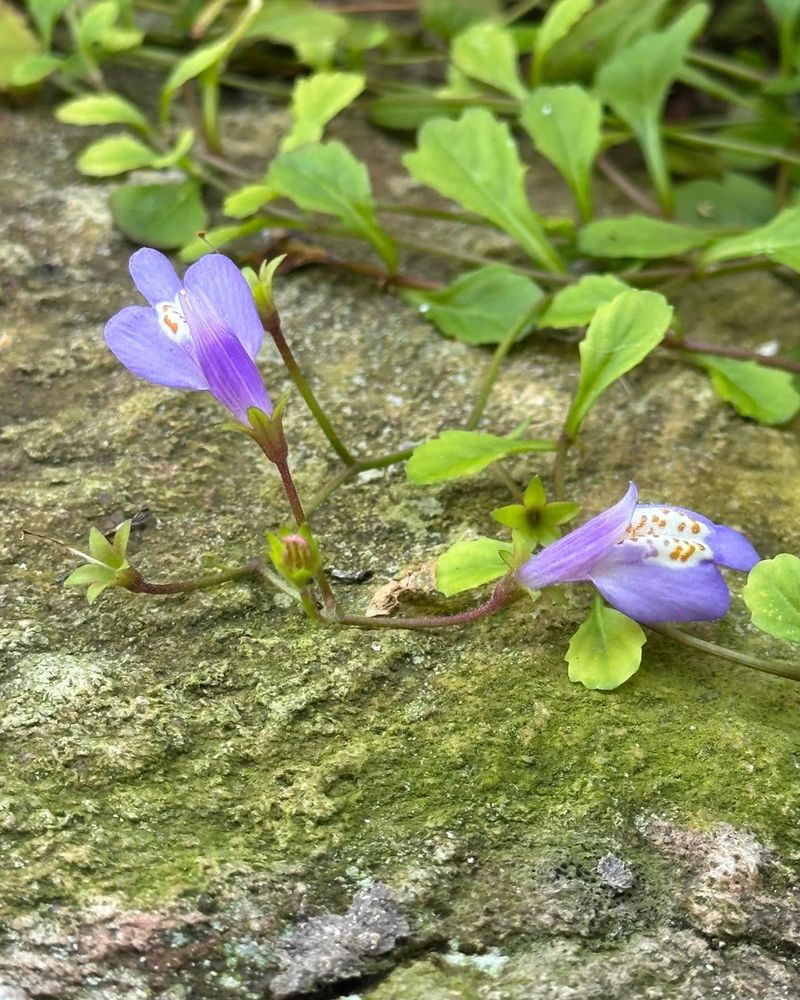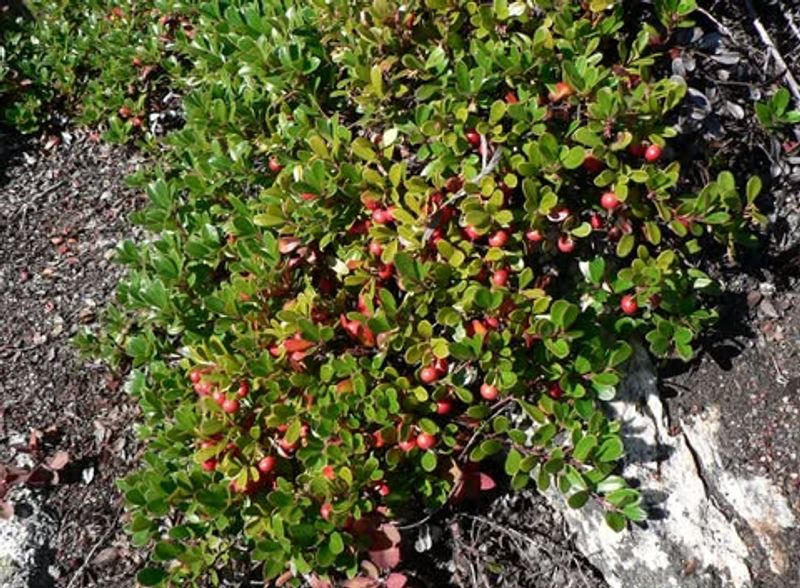Bare patches in your garden can be frustrating, especially when you want a beautiful yard that looks full and healthy. Ground covers offer a smart solution for Massachusetts gardeners dealing with empty spaces where grass won’t grow or slopes that need protection.
These low-growing plants spread quickly, prevent weeds, and add texture and color to your landscape while requiring minimal maintenance once established.
1. Creeping Thyme
Walking across a carpet of creeping thyme releases a wonderful fragrance that makes every step through your garden memorable. This hardy plant tolerates foot traffic well and produces tiny purple, pink, or white flowers in late spring.
Massachusetts gardeners love how it thrives in sunny spots with well-drained soil. The plant grows only two to three inches tall but spreads rapidly to cover bare areas.
Pollinators flock to the blooms, making your yard a haven for bees and butterflies throughout the growing season.
2. Pachysandra
Shady spots under trees often struggle to support grass, but pachysandra solves this problem beautifully. The glossy evergreen leaves create a thick carpet that stays attractive year-round, even through Massachusetts winters.
In my experience, once established, this plant requires almost no maintenance beyond occasional watering during dry spells. Small white flowers appear in spring, adding a delicate touch to the foliage.
Spreading through underground runners, pachysandra fills in bare areas relatively quickly without becoming invasive.
3. Sedum
Drought conditions don’t faze sedum, which stores water in its thick, fleshy leaves. Massachusetts gardeners dealing with hot, dry slopes find this succulent ground cover invaluable for preventing erosion while adding interesting texture.
Many varieties offer colorful foliage in shades of green, burgundy, or blue-gray. Star-shaped flowers emerge in summer, attracting beneficial insects to your garden.
Requiring minimal soil preparation, sedum establishes quickly in poor conditions where other plants fail to thrive.
4. Ajuga
Few ground covers spread as aggressively as ajuga, making it perfect for filling large bare areas fast. The plant forms a dense mat of glossy leaves that can be green, bronze, or variegated depending on the variety you choose.
Blue, purple, or white flower spikes rise above the foliage in spring, creating a stunning display. For me, watching ajuga transform a barren hillside into a colorful carpet in just one season was remarkable.
It tolerates both sun and shade in Massachusetts gardens.
5. Vinca Minor
Periwinkle’s cheerful blue flowers brighten shady corners where little else will bloom. The trailing stems root wherever they touch soil, creating an ever-expanding mat of glossy dark green leaves.
Massachusetts winters don’t damage this evergreen ground cover, which continues looking fresh when other plants go dormant. In my yard, vinca minor has successfully filled problem areas beneath mature maples where grass repeatedly failed.
The plant requires occasional trimming to keep it within bounds but otherwise needs little attention.
6. Wild Ginger
Native to eastern forests, wild ginger brings a woodland feel to Massachusetts gardens with its distinctive heart-shaped leaves. The foliage forms a dense layer that suppresses weeds while providing habitat for beneficial insects.
Hidden beneath the leaves, curious maroon flowers bloom in spring, though most gardeners grow this plant for its attractive foliage. Crushing a leaf releases a ginger-like scent that gives the plant its common name.
Moist, shady locations suit wild ginger best, where it spreads steadily without overwhelming neighboring plants.
7. Creeping Phlox
Spring arrives with a spectacular show when creeping phlox bursts into bloom, covering bare ground with sheets of pink, purple, white, or blue flowers. The needle-like evergreen foliage provides year-round interest even after the blooms fade.
Rocky slopes and retaining walls become beautiful focal points when planted with this spreading perennial. Massachusetts gardeners appreciate how quickly it fills gaps while requiring minimal care once established.
Well-drained soil and full sun produce the best flowering performance each spring.
8. Sweet Woodruff
Delicate white flowers appear like tiny stars above the whorled foliage of sweet woodruff in late spring. This old-fashioned ground cover thrives in the shade, making it perfect for filling bare spots under trees and shrubs.
When dried, the leaves release a sweet, vanilla-like fragrance that has been used in sachets for centuries. In my Massachusetts garden, sweet woodruff has naturalized beneath a grove of oaks, creating a charming woodland carpet.
The plant spreads moderately through underground stems without becoming troublesome.
9. Mazus
Stepping stones look more natural when mazus fills the gaps between them with its low-growing foliage and cheerful purple flowers. Growing only one to two inches tall, this ground cover tolerates light foot traffic surprisingly well.
Massachusetts gardeners find it particularly useful for softening hard edges in pathways and patios. The plant blooms repeatedly throughout summer, providing continuous color in sunny to partially shaded locations.
Moist soil conditions help mazus spread quickly, though it adapts to average garden conditions once established.
10. Bearberry
Coastal Massachusetts gardens benefit from bearberry’s salt tolerance and ability to thrive in sandy, poor soil. This native evergreen shrub hugs the ground, spreading slowly but steadily to form a dense mat of small, glossy leaves.
White or pink bell-shaped flowers in spring give way to bright red berries that attract birds in fall and winter. The foliage often develops attractive bronze or reddish tones during cold weather.
Once established, bearberry requires no supplemental watering, making it extremely low-maintenance for challenging sites.

